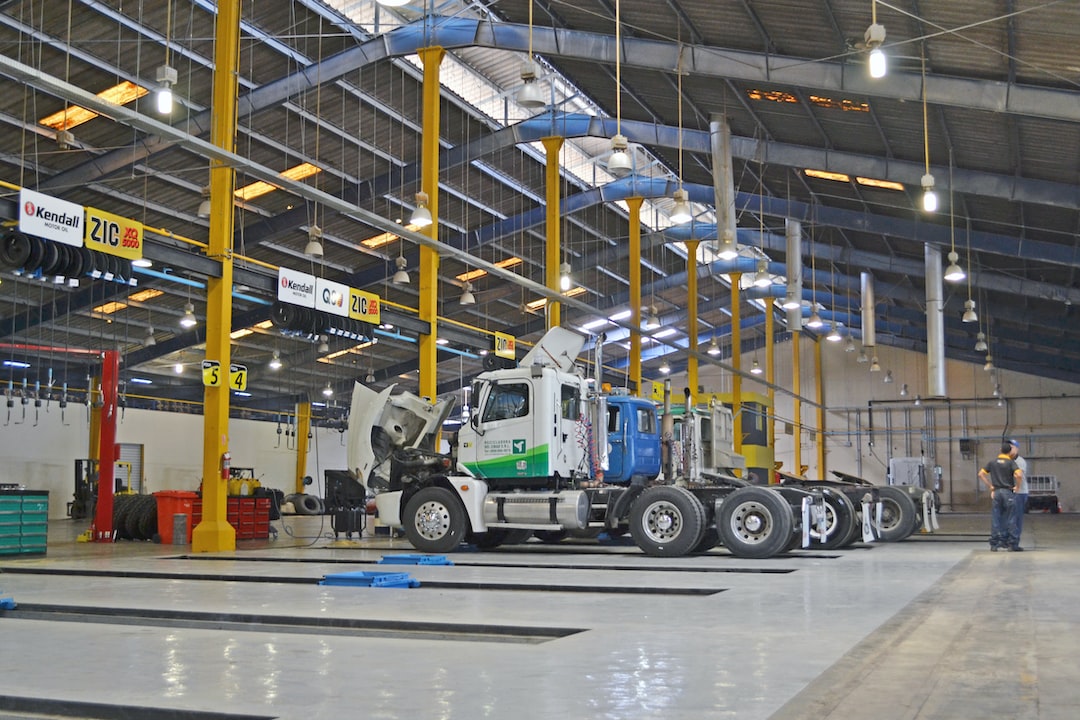The global pandemic has shaken the manufacturing industry to its core. From disruptions in supply chains to workforce limitations, the challenges faced by manufacturers have been unprecedented. However, as we gradually move towards a post-pandemic era, it is crucial for manufacturers to adapt and overcome these obstacles in order to thrive in the new manufacturing landscape. In this blog post, we will explore some of the key challenges faced by manufacturers and discuss strategies to overcome them.
One of the most significant challenges that manufacturers have faced during the pandemic is disruptions in their supply chains. With lockdowns and travel restrictions, manufacturers were unable to receive raw materials and components from their suppliers, leading to production delays and increased costs. To overcome this challenge, manufacturers should consider diversifying their supply chains by sourcing from multiple suppliers or exploring local alternatives. By doing so, they can reduce their dependence on a single supplier and ensure a steady flow of materials, even during times of crisis.
Another major challenge that manufacturers have faced is the availability of skilled labor. Many manufacturers were forced to lay off employees or reduce their working hours due to the economic downturn caused by the pandemic. As a result, there is a shortage of skilled workers, making it difficult for manufacturers to meet the growing demand. To address this challenge, manufacturers should invest in training programs and upskilling initiatives to develop their existing workforce. Additionally, they should collaborate with educational institutions and industry associations to attract new talent and bridge the skills gap.
The pandemic has also accelerated the adoption of digital technologies in the manufacturing industry. From remote monitoring to collaborative robots, manufacturers have realized the importance of automation and digitalization in improving efficiency and reducing human contact. However, implementing these technologies can be a daunting task for manufacturers, especially those who lack the necessary infrastructure and expertise. To overcome this challenge, manufacturers should start with small-scale pilot projects to test the feasibility and benefits of digital technologies. They can also collaborate with technology providers and consultants to develop customized solutions that meet their specific requirements.
Furthermore, the pandemic has highlighted the need for manufacturers to be agile and adaptable in their operations. With rapidly changing market dynamics and consumer preferences, manufacturers must be able to quickly pivot their production lines and adapt to new market demands. This requires a flexible manufacturing system that allows for quick changeovers and product customization. Manufacturers should invest in advanced manufacturing technologies such as additive manufacturing and flexible automation to enable agile production processes. They should also foster a culture of innovation and continuous improvement within their organizations to stay ahead of the competition.
In conclusion, the pandemic has presented numerous challenges for manufacturers, but it has also created opportunities for innovation and growth. By diversifying their supply chains, investing in workforce development, embracing digital technologies, and fostering agility in their operations, manufacturers can overcome these challenges and thrive in the post-pandemic manufacturing landscape. It is essential for manufacturers to embrace change and be proactive in adapting to the new normal. With the right strategies and a resilient mindset, manufacturers can emerge stronger and more competitive than ever before.

